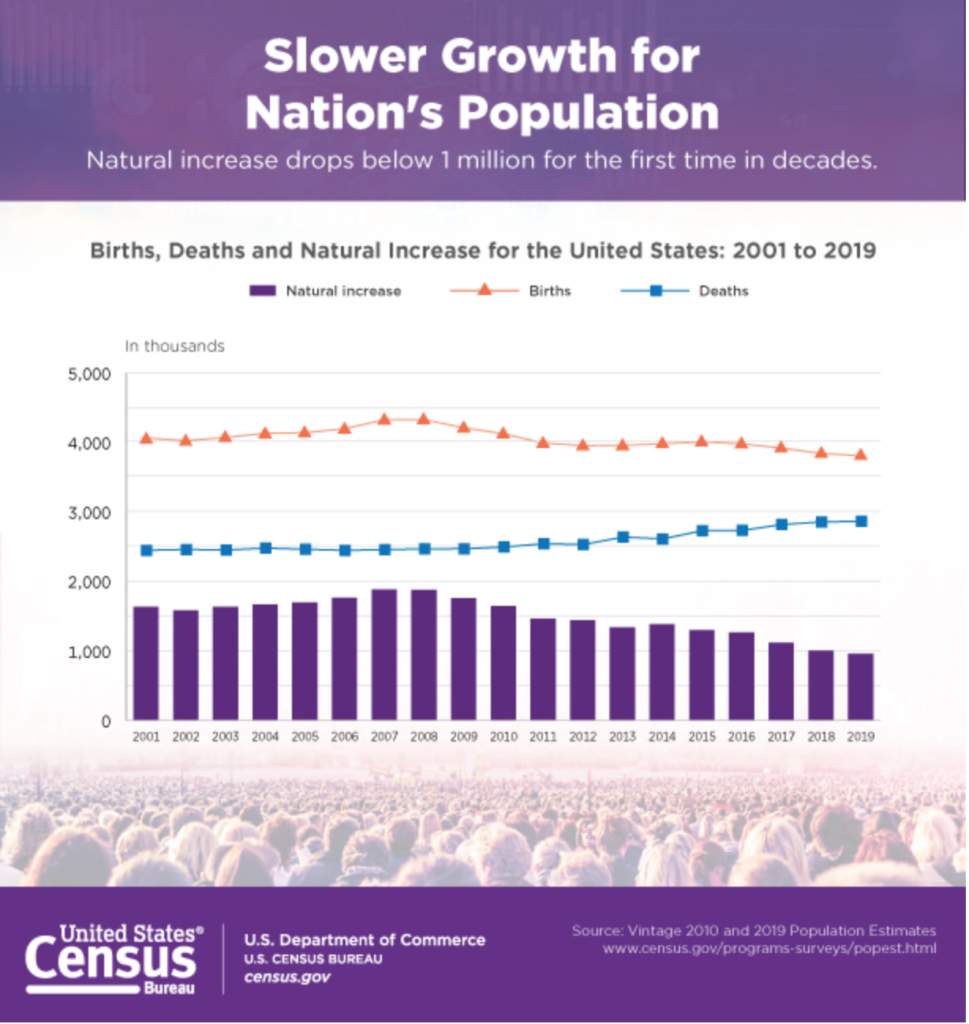
Most surveys that come online seem to just be gimmicks to get me interested in a cause, then ask me for money. This survey won’t ask for money—just for your opinion on human population, consumption and endangered species.
The Center for Biological Diversity has more people working on issues of human population than any other environmental organization in the USA. They are also working on sustainability, a closely related goal. It is estimated that a human population of 2 or 3 billion could be sustained by our planet’s resources. Of course, with a current population of 7 3/4 billion people we are far into overshoot.
The main thrust of the Center is to protect Earth’s biological diversity. They have their work cut out for them. According to a recent report from the UN, an estimated million species of plants and animals are at risk of extinction in the coming decades!
The Center uses the Endangered Species Act to protect imperiled plants and animals in the USA. Their chief strategy is to protect the habitat that these species need. There is also a large group working on climate law; remember that the climate crisis is caused by overpopulation (and overconsumption). Climate change is anthropogenic, and is one of the major factors causing loss of species.
Fortunately, the Center has recognized the connection between extinction of species and human population. I keep wondering why all environmental organizations don’t see this relationship. Are they afraid that they will lose supporters? Or do religious groups pressure the environmentalists to not wander into the field of contraception and abortion?
Seven years ago, the Center for Biological Diversity surveyed people to determine their attitudes on population. Currently they are performing a similar survey now to see if attitudes have changed, and they would like your input. Some of the current questions are the same as in 2013; it will be interesting to see if the answers are different.
Here is an example of a question from the first survey that was not repeated in the 2nd:
“Have you personally seen human population growth harming the environment, or not?â€
Almost half of 657 respondents (who were all registered voters) said that they had seen this effect on the environment, and the same percentage responded that they had not.
Here is a question from the old survey that is repeated in the current one:
“If widespread wildlife extinctions were unavoidable without slowing human population growth, do you think our society has a moral responsibility to address the problem, or not?â€
In 2013 sixty percent of people responded “yes†to this question, 31% said “no†and 8% were “not sureâ€. It will be interesting to see if there is a shift in people’s answers to this question.
Here’s some information for social science geeks: The 2013 survey was done by landline telephone and contacted a random sample of registered voters. The current methodology is different. It is online, and will have two samples. One is randomly selected and the other is a convenience sample—people like you and me who were not randomly selected. The Center plans to report out the findings of these two samples separately.
If you live in the USA and would like to take the survey, here is the url: https://www.surveymonkey.com/r/19popsurvey
I also recommend checking out the Center’s population programs. First go to www.biologicaldiversity.org, then click on “Programs†at the top. As you scroll down the “Population and Sustainability†page you will see several links, including to their Endangered Species Condoms. There’s a place to sign up for Pop X, the monthly newsletter “…that examines the connection between unsustainable human population, overconsumption and the extinction of plants and animals around the world.â€
My purpose for writing these essays on population hasn’t changed much in the past 25 years. I want to stay positive, since limiting one’s fertility is already a goal of millions of women both here and worldwide. Another goal is to present people with actions they can take to slow population growth. Most of all, I want to keep human population in people’s minds as an issue with a solution. The Center’s survey will help me and them learn what people are thinking about population. I will be able to target my essays more accurately. The Center doesn’t want to be the sole environmental organization working in the field of population. The survey will help them understand better how to get more members of the environmental community to consider population when addressing the extinction crisis.
© Richard Grossman MD, 2020
